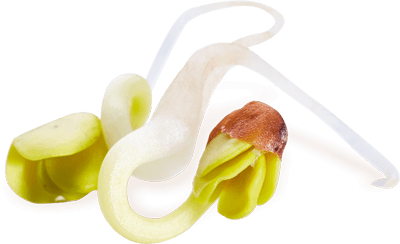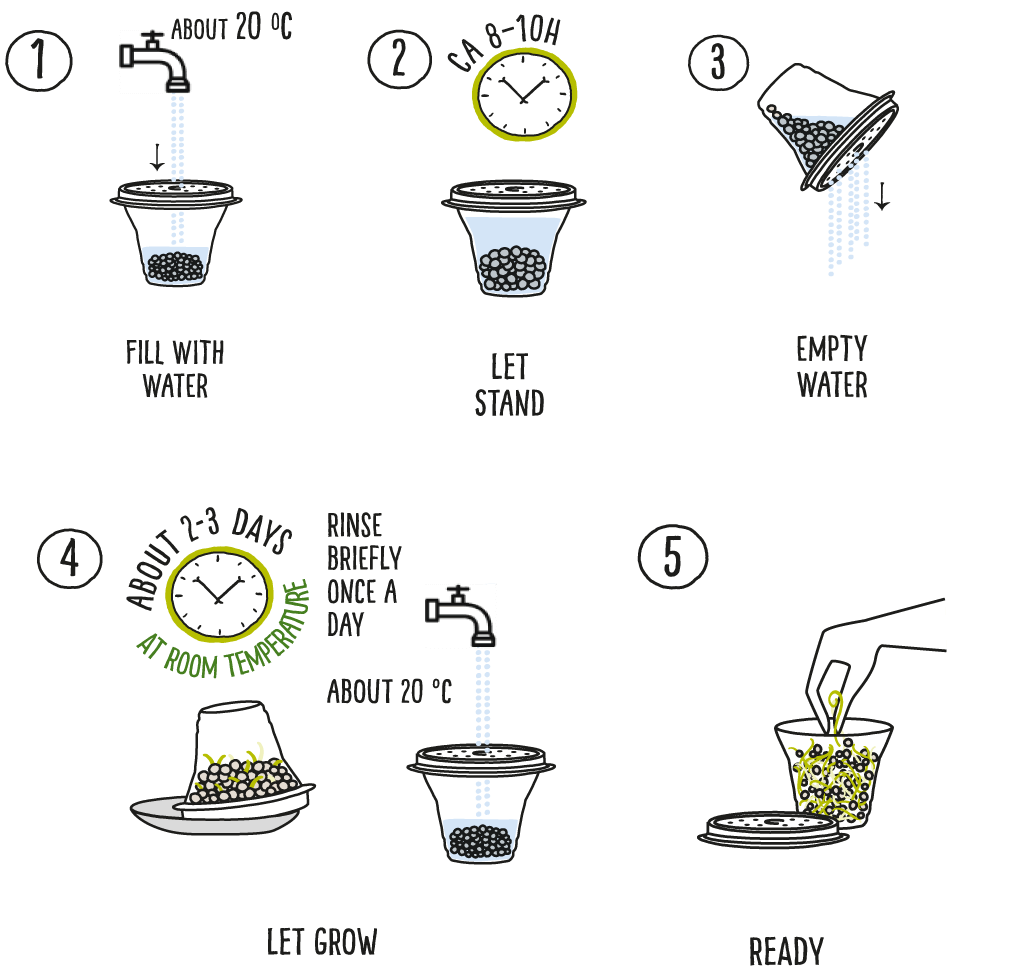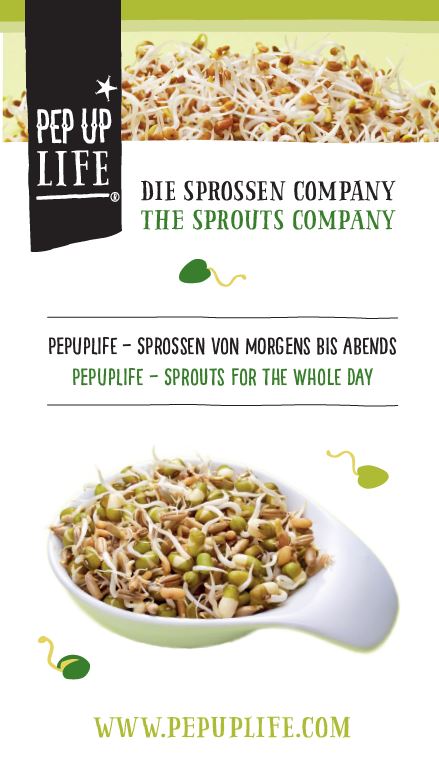Richness in nutrients
of the young plant
Water brings the corn to life and triggers a massive growth process. The substances stored in the corn are released and converted. Carbohydrates, protein and fats are split into their basic components in order to create a new cell tissue. Vitamins, minerals, trace elements and secondary vegetable substances are created rapidly and partly newly in large quantities.
In this form, the valuable energy carriers and nutrients can be utilised optimally for the digestion. In addition, the activated enzymes support the human digestion and go easy on the own enzyme storage. The large proportion of fibres keeps the digestive tract in motion and also boosts health.











